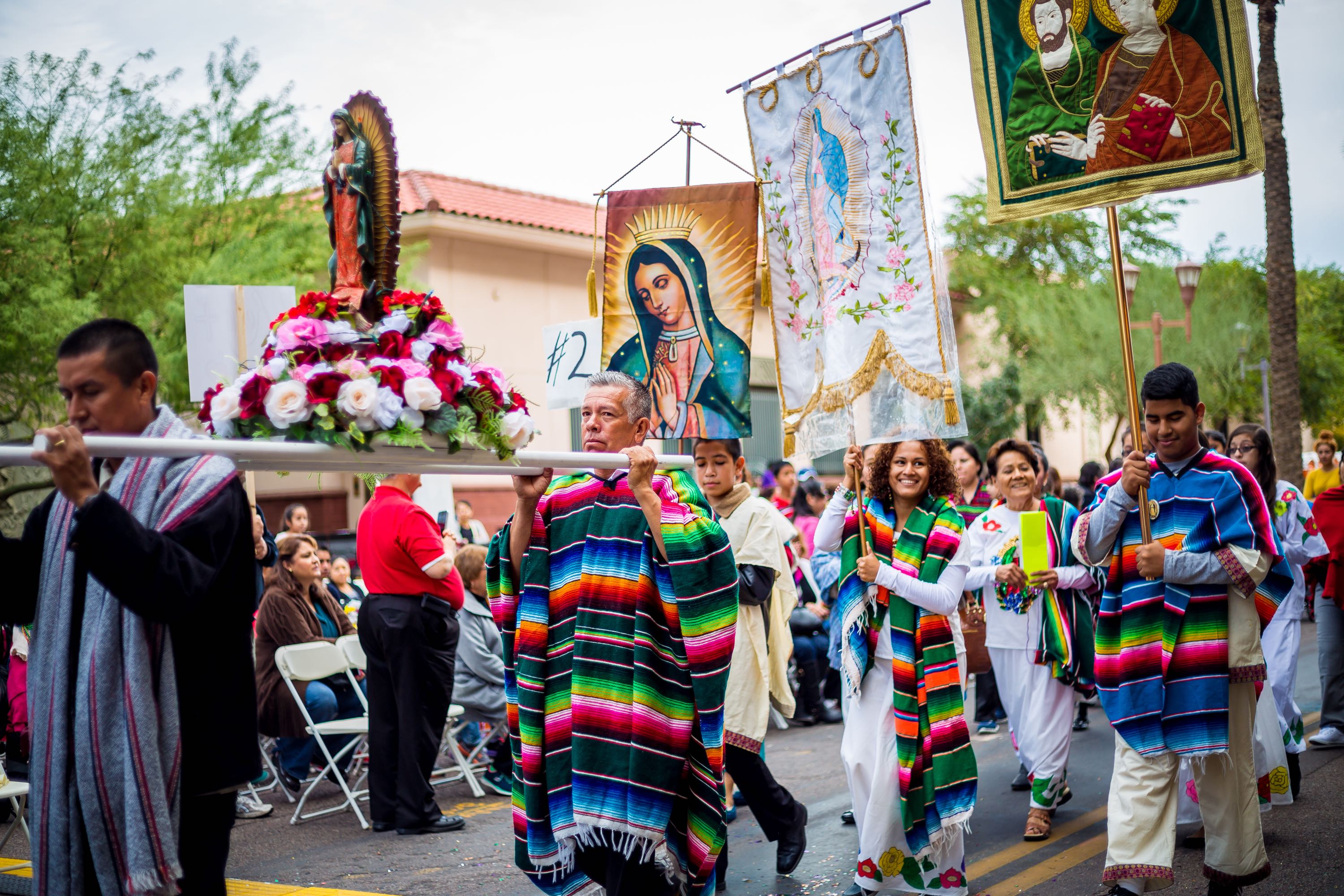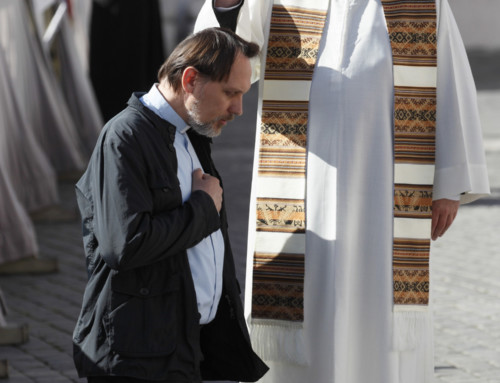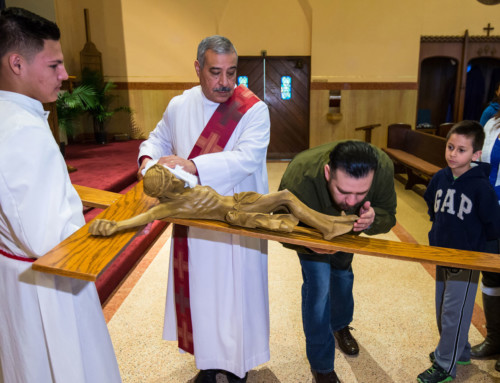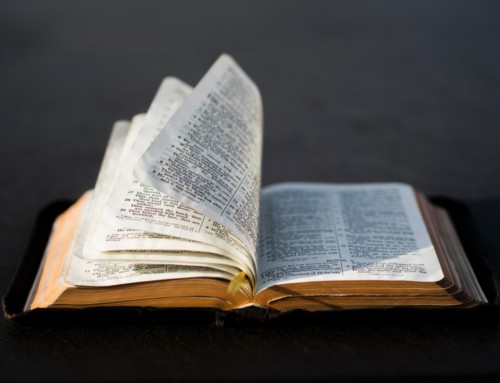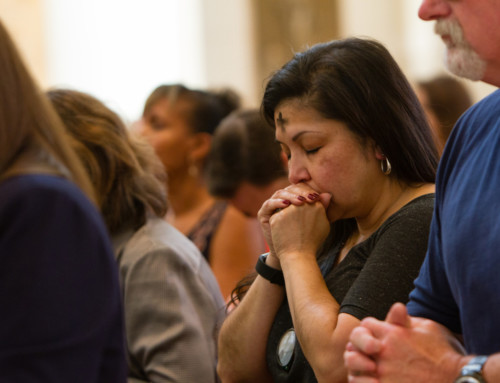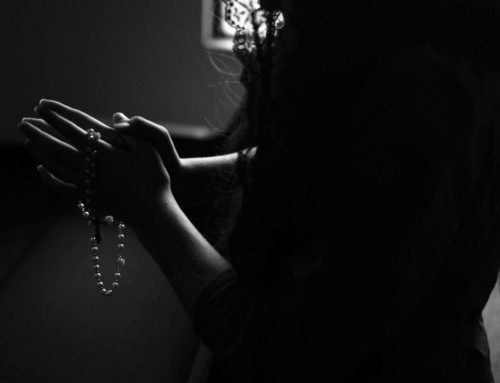by Mar Muñoz-Visoso
On the first Sunday of Advent, the liturgical year begins, and with it, the preparations for Jesus’ birth at Christmas. Advent is a time of joyful hope.
The word Advent comes from the Latin word that means coming or arriving. Thus, Advent is marked by the anticipation of those who await the arrival of someone dear or important, knowing that the awaited one is almost here. The seasonal liturgy offers us as a symbol the Advent wreath with its four candles, signifying the four weeks of preparation for Christmas. The Sunday readings of the season propose to us some models of hope and faith to reflect on: the Virgin Mary, her cousin Elizabeth, John the Baptist, and even the people of Israel. And the whole Church sings with joyful hope, “O come, o come Emmanuel,” God-with-us.
In popular culture, the Latin American peoples have over time developed some practices and traditions that also reflect this preparation for Christmas.
Some examples are novenas and the Posadas. Christmas novenas are prayers repeated in the nine evenings before Christmas Day. Colombians, for instance, celebrate Novenas de Aguinaldo. Every night, they remember some event in the history of salvation, and every night, they hope to get an aguinaldo, or gift, as a symbol of God who gives us his Son.
Mexicans also celebrate Las Posadas, remembering the pilgrimage of the Holy Family from Nazareth to Bethlehem, and how hard it was for them to find a place to rest despite Mary’s advanced pregnancy. With songs, those accompanying “the Holy Pilgrims” (depicted as Joseph and Mary pregnant and riding on a donkey) represent the act of knocking on the door of a house requesting posada (lodging): “En el nombre del cielo, os pido posada…” Those inside keep turning them down. They go back and forth several stanzas until the house hosting the posada finally opens the doors welcoming the pilgrims and accompanying crowd. The community then prays the Rosary together, and after, the host showers visitors with typical foods and hot drinks such as chocolate, atole, or champurreado. Children—sometimes adults as well—normally walk out with an aguinaldo, a bag usually containing oranges, peanuts, and candy. In the United States, this Mexican tradition has extended to many other Latin American communities, perhaps due to identification with the migration experience of the Holy Family.
Right in the middle of Advent, several Marian feasts are also celebrated that have special echo in the Hispanic community. They are the Immaculate Conception of Mary and Our Lady of Guadalupe.
La Inmaculada Concepción, or La Purísima, the Marian feast par excellence, is celebrated especially in Panama, Nicaragua, Paraguay, the United States, and in Spain, all of whom have this name of Mary as their national patron saint. Every December 8, the pope himself joins in the celebration. Aided by Rome’s firefighters, he hangs a flowery wreath in the arms of the Immaculate Conception statue that resides high above over the Piazza D’ Spagna.
The celebrations of Our Lady of Guadalupe have extended well beyond Mexico to the entire American continent. In addition to the proper Mass on her feast day, December 12, many Latino communities in the US pray novenas, Rosaries, and represent the story, “Las Apariciones,” (apparitions) of the Blessed Mother to the Indian Juan Diego. For this reason, her story is known to many. Devotion to Our Lady of Guadalupe has extended beyond Latinos to many other US Catholics, in part because the pro-life movement has adopted her, too, as patron saint of the unborn.
Advent offers us many reasons for hope. Between joyful liturgies and popular devotions, Latino Catholics sing with the entire Church: “Ven, ven Señor, no tardes. Ven, ven que te esperamos”. (Come, Lord, come without delay. Come, we await you!)
Mar Munoz-Visoso is executive director of the Secretariat for Cultural Diversity in the Church at the United States Conference of Catholic Bishops.
This article was originally published on USCCB.org as an Entre Amigos column.
Copyright © 2012, United States Conference of Catholic Bishops, Washington, DC. Used with permission. All rights reserved.

